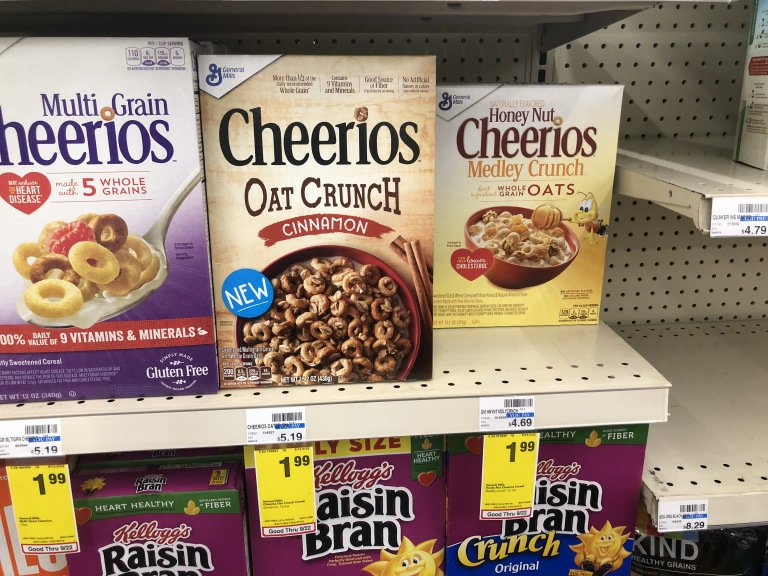

Granola may prompt weight gain if eaten in excess, as it can be high in calories from added fats and sugars. Because it’s common to eat more than the standard serving size, you could be getting a substantial amount of sugar in just one bowl.Įating too much sugar may increase your risk of many conditions, such as type 2 diabetes, obesity, heart disease, cavities, and even some types of cancer ( 20, 21, 22, 23, 24).Īs such, watch out for ingredients like chocolate chips, honey, and dried fruit with added sugar. Some granolas have nearly 4 teaspoons (17 grams) of sugar in a single serving.

Department of Agriculture (USDA) recommends limiting sugar intake to 10% of your total daily calories, which equates to about 12 teaspoons (50 grams) of sugar for someone following a 2,000-calorie diet ( 19). Eating more than the specified portion may lead to unwanted weight gain, increasing your risk of obesity and metabolic disease ( 18).Īdditionally, the U.S. However, these can supply excess calories. Many types of granola contain healthy ingredients that may offer numerous benefits, including reduced inflammation and improved blood pressure, cholesterol, blood sugar, and gut health.Īlthough granola contains several healthy ingredients, it can be high in calories and packed with added fats and sugars.įats like vegetable oil, coconut oil, and nut butters are often included to help bind the ingredients, add flavor, and aid in the toasting process. However, these tend to be more highly processed and loaded with added sugars, oils, and additives. Granola is also made into snack bars, which are easier to portion out and pack. Much like trail mix, it provides extra energy and protein during endurance activities. Granola has long been a top choice for hikers and backpackers, as it’s easy to store and keeps for a long time. Ingredients such as coconut, chia seeds, and Brazil nuts are good sources of inflammation-fighting antioxidants like gallic acid, quercetin, selenium, and vitamin E ( 15, 16, 17).

Granola has been found to increase levels of healthy gut bacteria, compared with refined breakfast cereals ( 11). Whole grains, dried fruit, nuts, and seeds may help reduce and control blood sugar levels, particularly in people with obesity or prediabetes ( 12, 13, 14). Oats are a good source of beta glucan, a type of fiber that works to reduce total and LDL (bad) cholesterol levels, two risk factors for heart disease ( 10, 11). High-fiber ingredients like oats and flax seeds have been shown to help reduce blood pressure ( 8, 9). High-protein ingredients in granola may include nuts, such as almonds, walnuts, and cashews, and seeds like hemp, pumpkin, and sesame.Īdditionally, high-fiber foods like oats, nuts, and seeds slow down the emptying of your stomach and increase digestion time, which can help you feel fuller for longer - and may aid appetite control ( 6, 7) Other potential health benefits Protein even influences levels of important fullness hormones like ghrelin and GLP-1 ( 3, 4, 5). Most granola is rich in protein and fiber, which both contribute to fullness. Although there’s little scientific research on granola itself, common ingredients, including oats, flax seeds, chia seeds, and almonds, are linked to numerous health benefits.


 0 kommentar(er)
0 kommentar(er)
